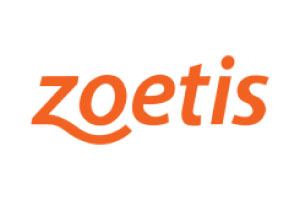

Product Ref: PFZID02 Category: C


Royal Mail 2nd Class / Parcel Force 48
UK to UK :Normally arrives in 2-4 business days.
UK to Ireland :Normally arrives in 4-6 business days
UK to EU Countries : Normally arrives in 6-10 working days depending on where the parcel is going
Please note standered delivery is none trackable , none insured , no responsabily for lose or Damage
----------------------------------------------------------------------------------------------------------------

Royal Mail First Class / Parcel Force 24
UK to UK :Normally arrives in 1-2 business days.
UK to Ireland 3-4 business days
UK to EU Countries : Normally arrives in 6-10 working days depending on where the parcel is going
Please note :Trackable , Royal Mail insured up to £50.
--------------------------------------------------------------------------------------------------------
Parcel Force Express AM Guaranteed before Midday.
UK to UK only . UP to 5KG Max Weight
Arrives next day before 12 noon, requires a signature.
Parcel Forcel Terms & Conditions apply
Important: Parcel Force advise that there are some postcodes where an extended delivery time exists, and may affect the date of delivery or the service is not available.
| Category | POM-V |
| Temperature | Ambient |
| MA/VM/EU No: | 42058/4206 |
| Species |
|
| VMD Link | Product Information Database (defra.gov.uk) |
| NOAH Link | https://www.noahcompendium.co.uk/?id=-468614 |
| Dosage | 0.35 g of progesterone per animal for 12 days. One device should be inserted into the vagina of each ewe to be treated. The vaginal insert should be left in position for 12 days followed by an injection of equine Chorionic Gonadotrophin (eCG, formerly known as PMSG) administered at device removal. The onset of oestrus occurs within 1-2 days after removal of the insert. Administration A device applicator should be used for administration, following the procedure described below: 1. Ensure that the applicator is clean and dipped in a non-irritant antiseptic solution before use. 2. Wearing sterile disposable plastic gloves, fold the arms of the device and load into the applicator. The arms of the device should protrude slightly from the end of the applicator. Care should be taken to avoid unnecessary or prolonged handling of the product to minimise transfer of the active substance to the operator's gloves. 3. Apply a small quantity of obstetrical lubricant to the end of the loaded applicator. 4. Lift the tail and clean the vulva and perineum. 5. Gently insert the applicator into the vagina, first in a vertical direction and then horizontally until some resistance is encountered. 6. Make sure the removal string is free, press the handle of the applicator and allow the barrel to move back towards the handle. This releases the arms of the device, which will then retain the device in the anterior vagina. 7. With the device correctly positioned, withdraw the applicator, leaving the removal string exiting from the vulva. The applicator should be cleaned and disinfected before being used on another animal. Removal The device may be removed by gently pulling on the tail. On occasions the tail of the device may not be visible from the outside of the animal, in such cases it may be located in the posterior vagina using a gloved finger. Approximately 1 in 10 devices may be lost by an animal. Withdrawal of the device should not require force. If any resistance is encountered a gloved finger should be used to ease removal. If there is any difficulty in removal from the animal beyond that itemised above veterinary advice must be sought. The device is intended for single use only. |
| Withdrawals |